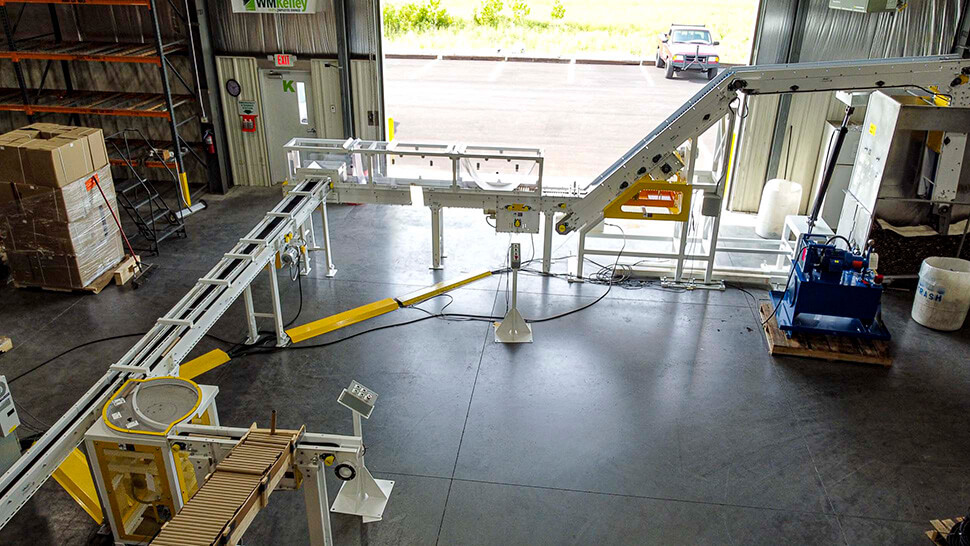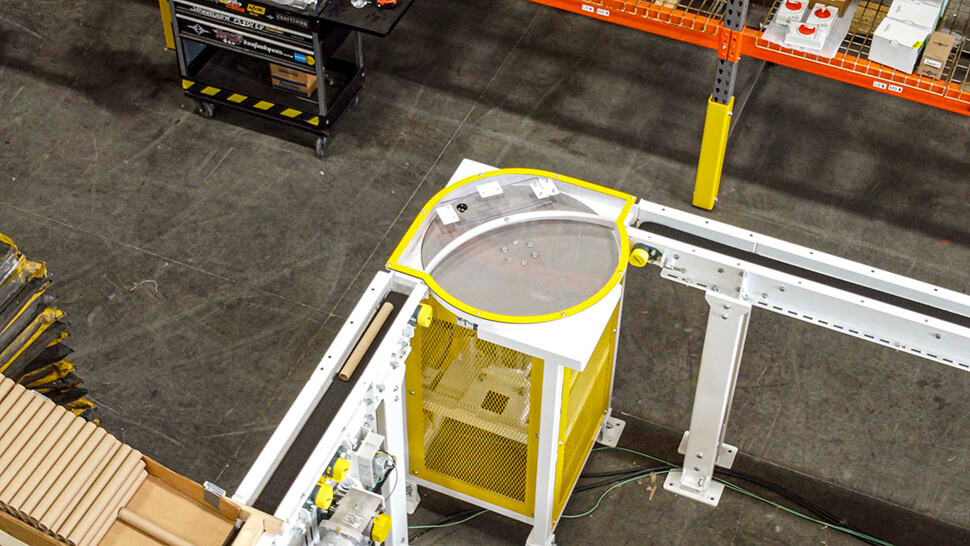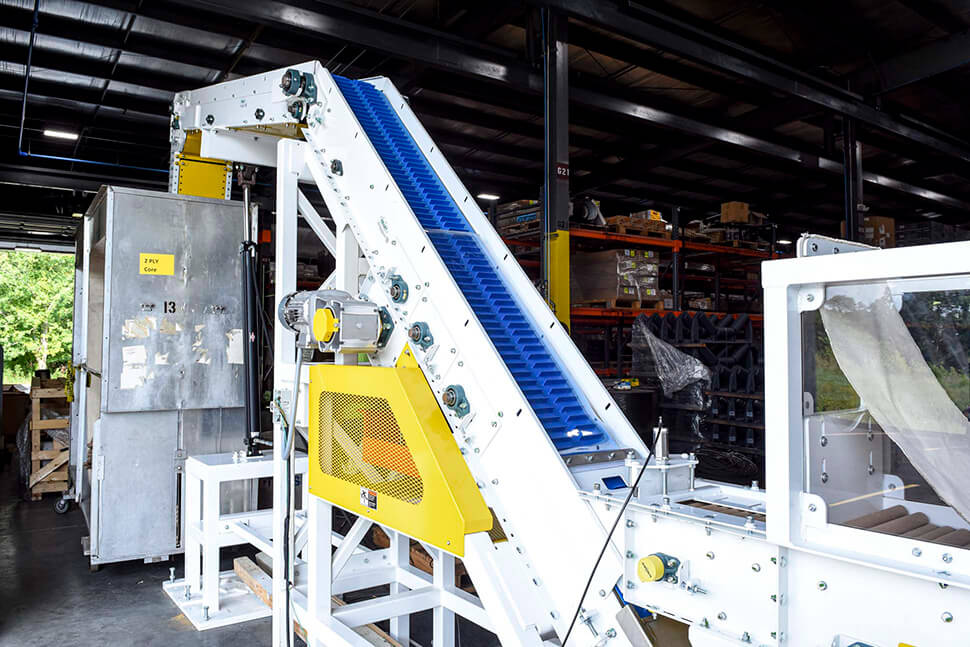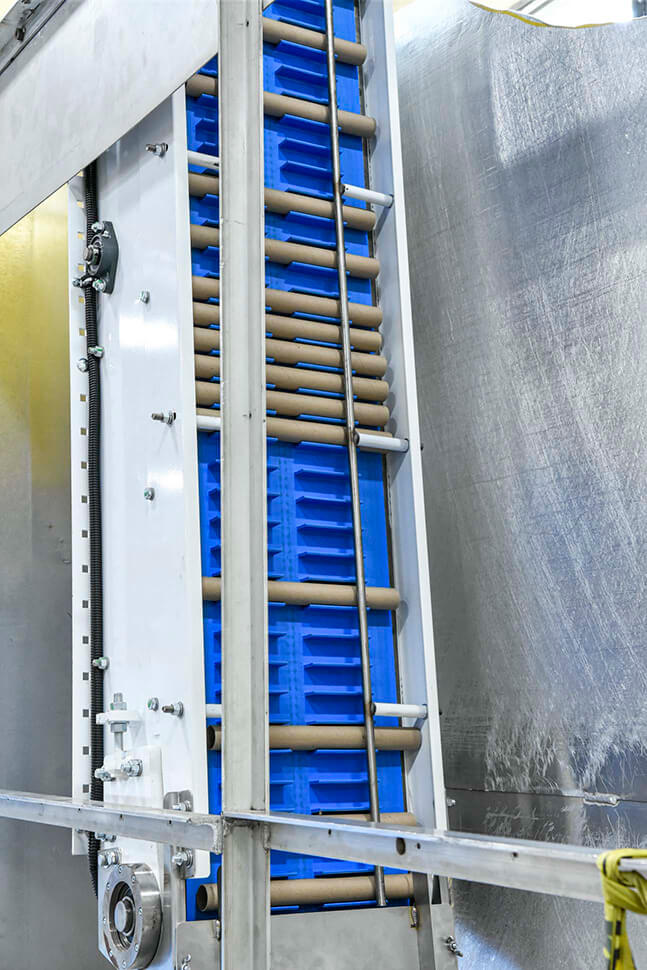Seems simple. But it isn’t.
All of us have used aluminum foil wrap in our kitchen. Ever wonder about the process that takes place at
the manufacturers? Here is the story.
Aluminum foil was first produced to wrap chewing gum and candy bars over 110 years ago. Today,
global aluminum foil production is worth more than $1.1 billion.
Lauyan’s EPS customer starts with a large roll of paper that is rolled out flat. The paper is fed into a
“winder.” The flat sheet of paper is coiled into a tube, glued, and then cut to length. The finished tubes
are collected in bins where the glue cures. Once the roll is cured, it’s fed into a process that wraps it with
foil and puts the roll into a box.
In this project, Lauyan’s EPS designed a conveyor to take the rolls, at a rate of 300/minute, from the
winders to the curing bins.
Sounds straight forward, right? It is. But Lauyan’s EPS had to overcome some inherent issues to make
the system flow properly.
Consider, for instance, the weight of each roll. We’ve all held an empty roll in our hand. Doesn’t weigh
much, does it?
Add to that the speed at which a roll is carried through the system. Air currents in the manufacturing
environment can be an issue. Rolls are susceptible to being blown askew. And finally, to get the rolls
from the winders to the curing bins, where the rolls are collected, the conveyor must change direction
several times. In both horizontal and vertical directions.
That isn’t straightforward. It’s difficult.
Lauyan’s EPS is adept at working with a wide variety of products of different weights, speeds,
temperatures, and sizes.
What are your material handling issues? Are they complex? Give us a call. We’d love to discuss them
with you.




